Celebrating the beauty of Japanese carpentry tools
Now on show at New York's Japan Society, ‘When Practice Becomes Form: Carpentry Tools from Japan' presents an overview of the techniques at the heart of Japanese wooden craftsmanship
Naho Kubota - Photography
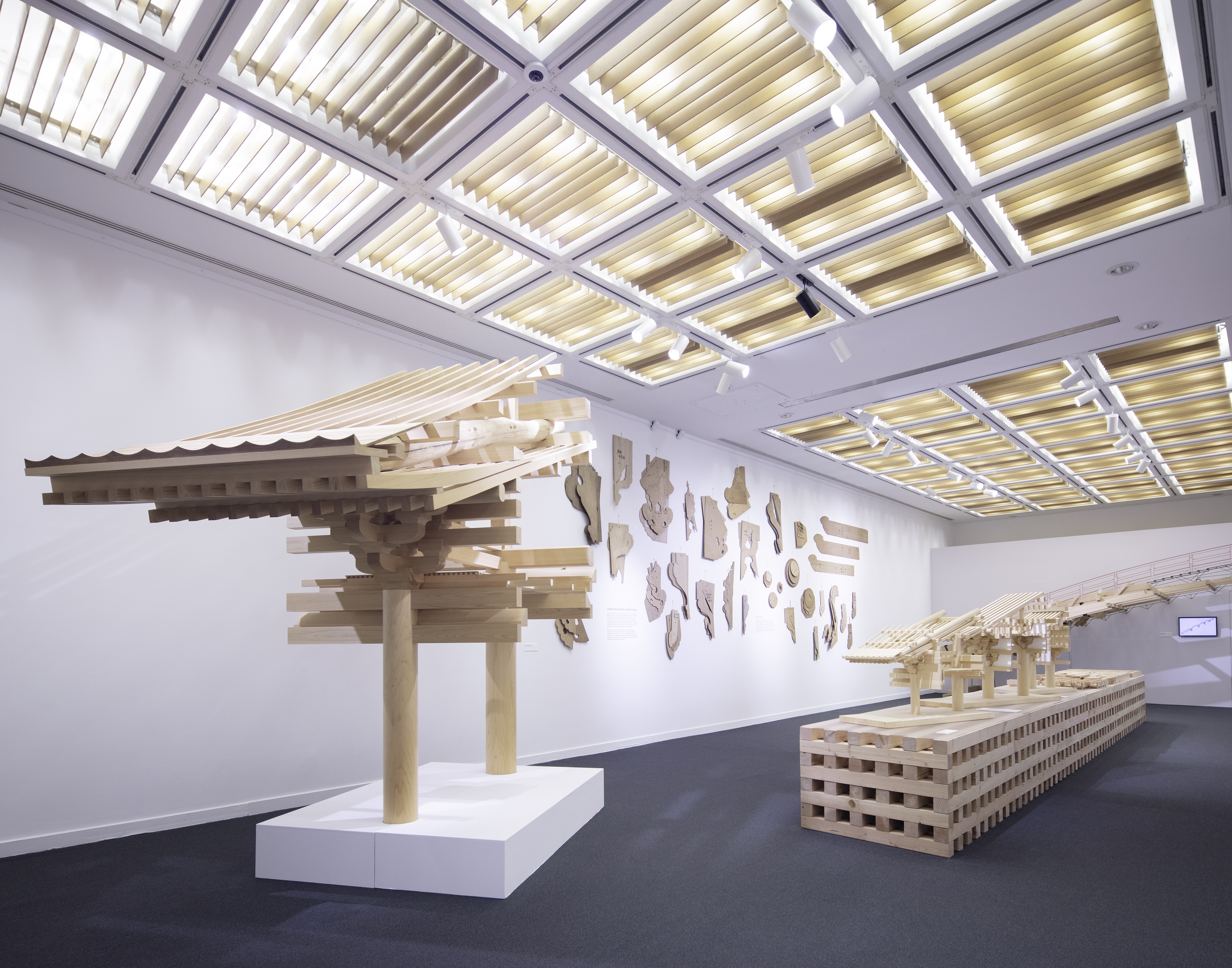
If you’ve ever wondered what stands behind the smooth, exquisite surfaces of Japanese craft and architecture, an exhibition that celebrates Japanese carpentry tools and techniques provides many answers. ‘When Practice Becomes Form: Carpentry Tools from Japan’ is on view at the Japan Society in New York City, and brings together antique and traditional woodworking tools, architectural patterns, models and examples of traditional joinery in a setting designed by Sou Fujimoto.
Inspired by the co-existence between the man-made and nature, and produced in collaboration with the Brooklyn-based practice Popular Architecture, the exhibition celebrates the enduring connection between traditional Japanese woodwork and contemporary architecture.

Some of the Japanese tools on view at New York’s Japan Society include wide-blade rip saws as well as different types of axes to perform various techniques, shown here alongside a traditional Dōgubako (a carpenter’s toolbox)
Through the presentation of a diverse array of hand tools, including chisels, saws, hammers and gimlets – many of which have a highly specific purpose, the exhibition brings the notion of Japanese craftsmanship to life. From being able to examine joinery techniques that have been utilised for centuries in the construction of temples, bridges and shrines to discovering what’s behind a master carpenter’s extensive knowledge and experience, viewers not only come away understanding how Japanese structures are made, but also how that otherworldly level of precision and perfection is achieved. The cyclical practice of passing on the learnings of predecessors to inform future generations can also be seen in the way joinery and structures are restored and repaired – a pioneering move on the sustainability front, while also critical in preserving the integrity of the original structure.
This practice of looking back to move forward certainly feels of the moment, especially since the Japan Society’s building on the Upper East Side, which was designed by architect Junzo Yoshimura and opened in 1971, celebrates its 50th anniversary this year. Not only notable as a significant piece of 20th century Japanese architecture, but also because the building was the first permanent structure in New York City to be designed by a Japanese citizen, the landmarked building continues to house the interexchange of culture, ideas and knowledge between the US and Japan in a global context.
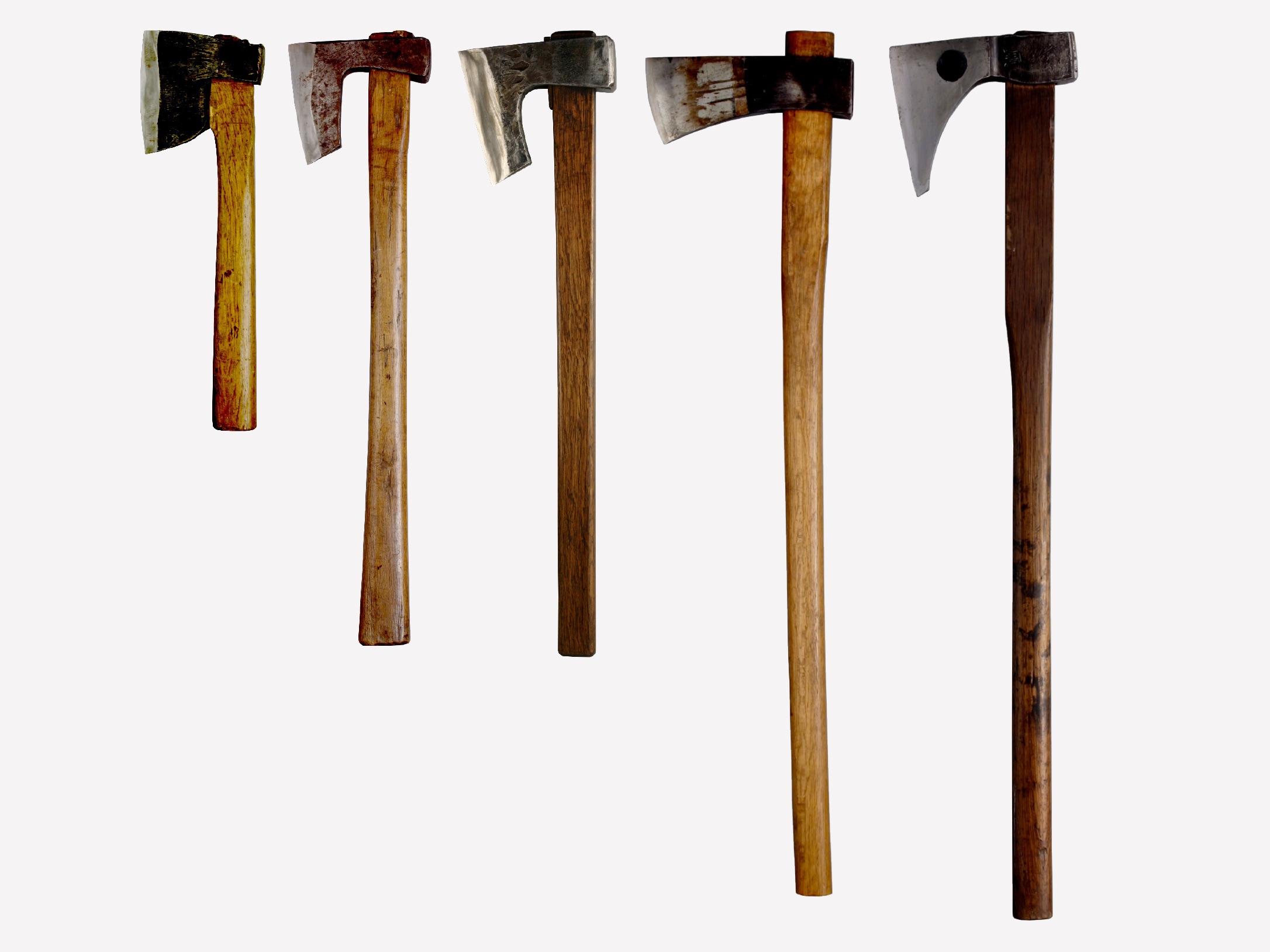
A series of axes on show at the exhibition. Traditionally, these tools were used alongside saws for felling trees and hewing them into rough shapes before being further refined by other tools and woodworking techniques
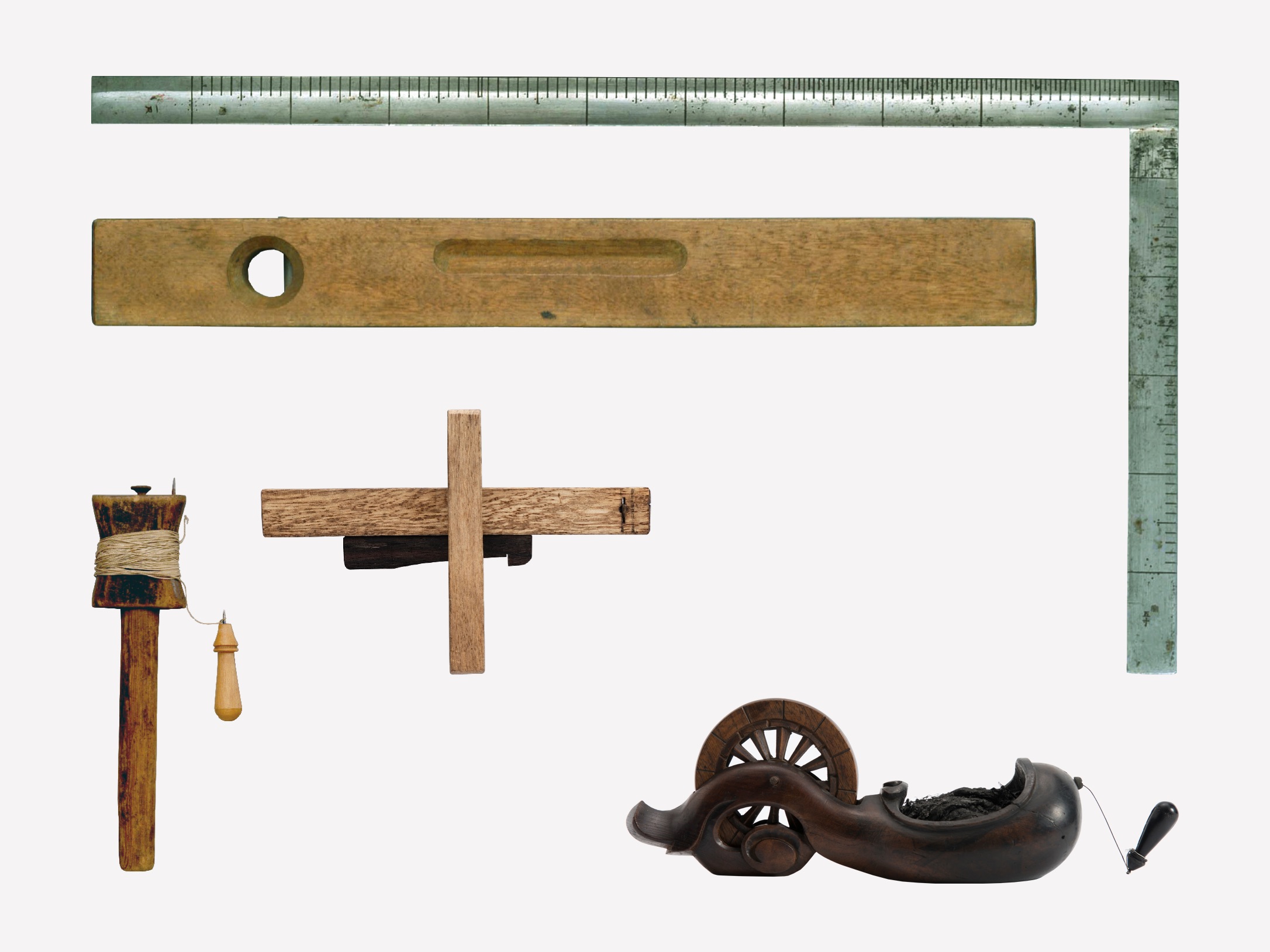
Some of the measuring tools displayed throughout the show. These include the Sumitsubo (inkpot, bottom right), featuring a retractable silk thread that is pulled through a reservoir of ink. Once placed in the desired location on a piece of rough-hewn lumber, the master carpenter pulls the thread taut and snaps a straight line onto the surface: the resulting ink mark indicates an accurate line that guides subsequent construction. Other tools include levels, gauges and ultra-precision Sashigane (carpenter’s squares)
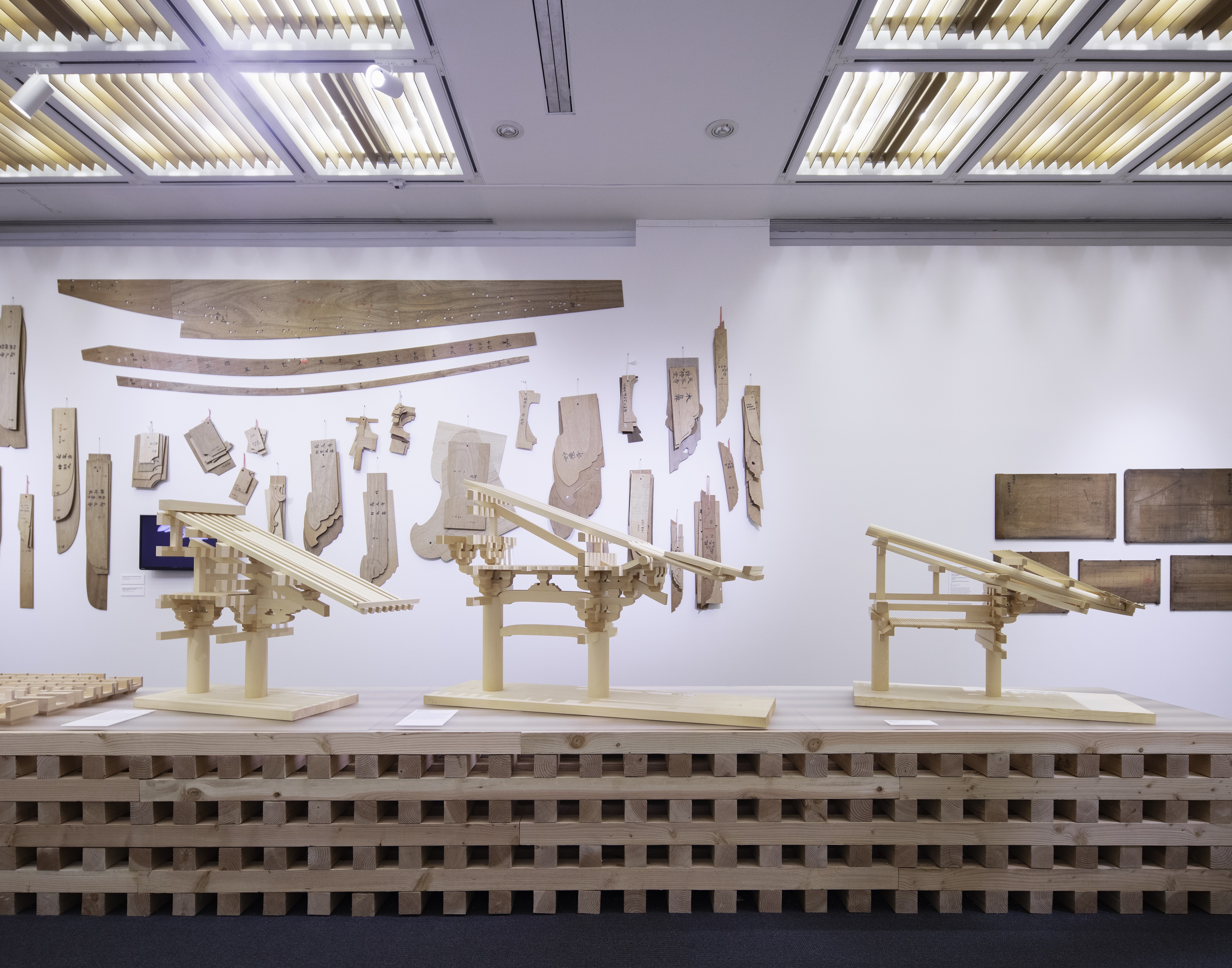
The exhibition also includes an overview of joining techniques used in Japanese craftsmanship and architecture
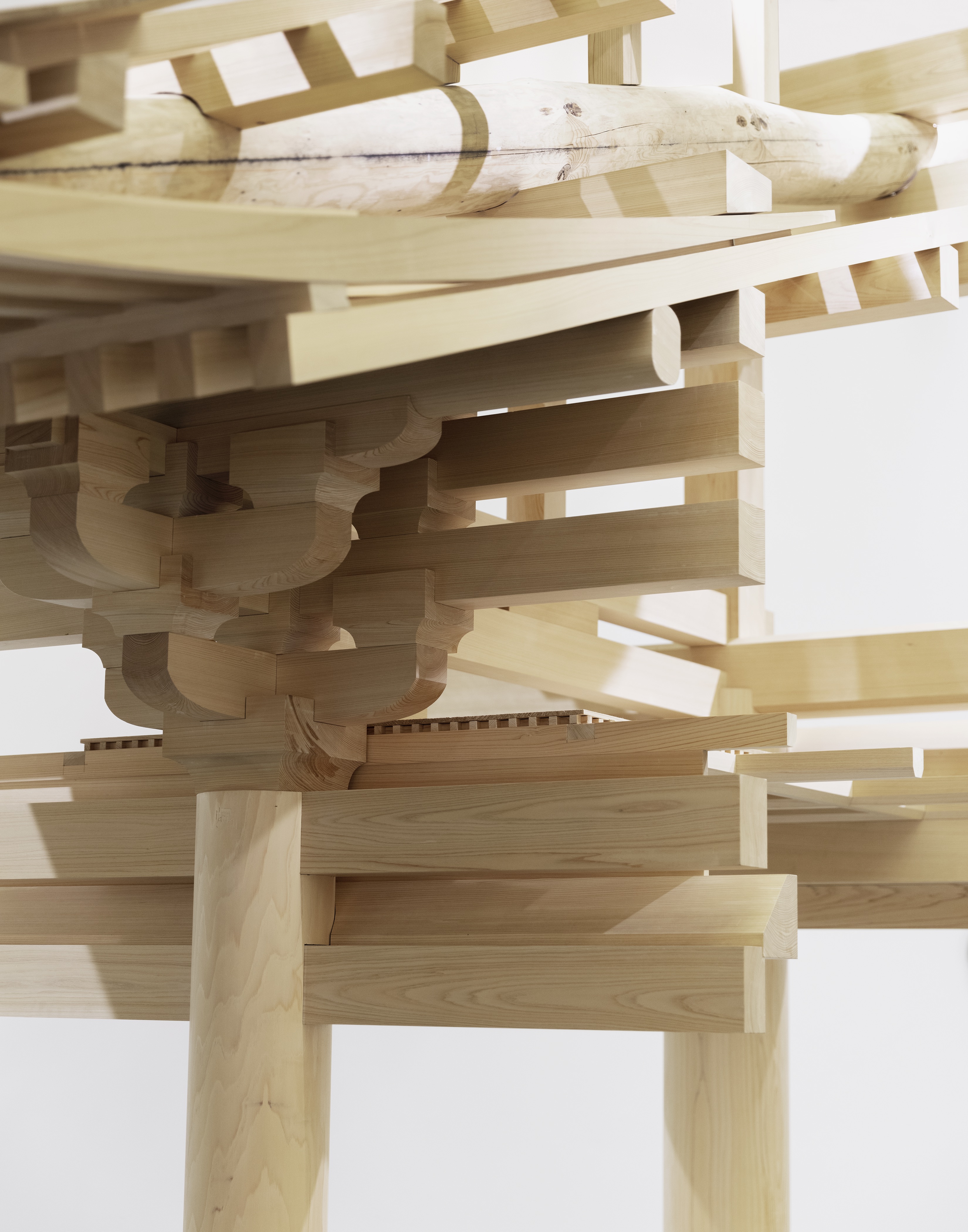
Another example of Japanese joinery
INFORMATION
When Practice Becomes Form: Carpentry Tools from Japan is on view through 11 July 2021
japansociety.org
ADDRESS
Japan Society
333 East 47th Street
New York, NY 10017
Receive our daily digest of inspiration, escapism and design stories from around the world direct to your inbox.
Pei-Ru Keh is a former US Editor at Wallpaper*. Born and raised in Singapore, she has been a New Yorker since 2013. Pei-Ru held various titles at Wallpaper* between 2007 and 2023. She reports on design, tech, art, architecture, fashion, beauty and lifestyle happenings in the United States, both in print and digitally. Pei-Ru took a key role in championing diversity and representation within Wallpaper's content pillars, actively seeking out stories that reflect a wide range of perspectives. She lives in Brooklyn with her husband and two children, and is currently learning how to drive.
-
 The diverse world of Belgian embassy design – 'style and class without exaggeration'
The diverse world of Belgian embassy design – 'style and class without exaggeration''Building for Belgium: Belgian Embassies in a Globalising World' offers a deep dive into the architecture representing the country across the globe – bringing context to diplomatic architecture
-
 Pull up a bespoke pew at Milan’s new luxury perfumery Satinine, an homage to the city’s entryways
Pull up a bespoke pew at Milan’s new luxury perfumery Satinine, an homage to the city’s entrywaysDesigner Mara Bragagnolo fuses art deco details to bring storied Milanese fragrance brand Satinine into the 21st century
-
 Supersedia’s chairs combine sculptural forms with emotional expressions
Supersedia’s chairs combine sculptural forms with emotional expressionsItalian design studio Supersedia, founded by Markus Töll, creates furniture where ‘every detail is shaped individually'
-
 Exploring tsu tsu mu: a new exhibition in Tokyo reframes the Japanese way of wrapping anything
Exploring tsu tsu mu: a new exhibition in Tokyo reframes the Japanese way of wrapping anything‘Tsu-tsu-mu’, on view until 13 October 2025 at Matsuya Ginza, reframes the popular Japanese concept of wrapping into a mindset for caring for others
-
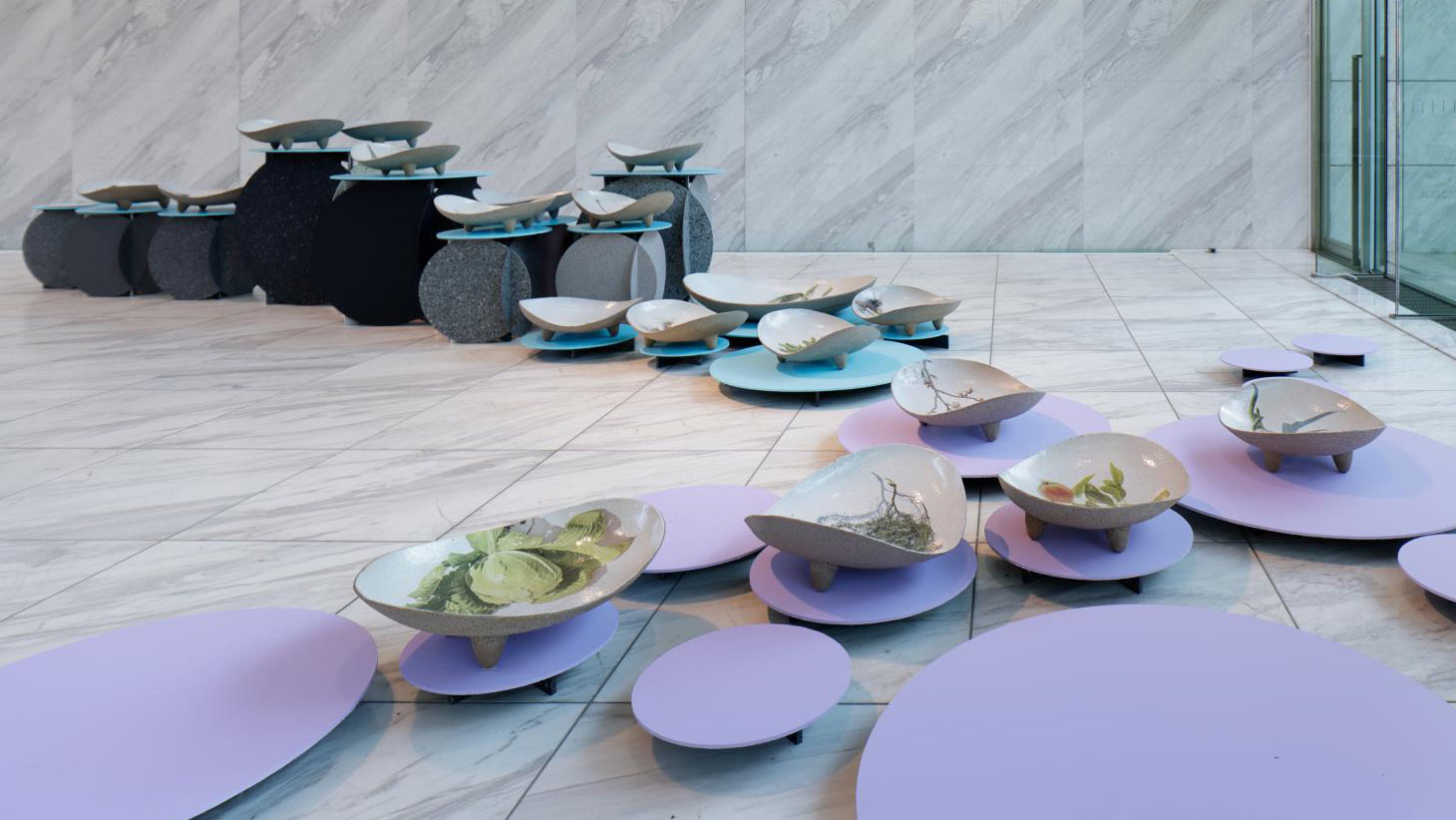 Designart Tokyo transforms the city into a museum of creativity
Designart Tokyo transforms the city into a museum of creativityDesignart Tokyo presents global design highlights through a series of exhibitions involving global creative talent and traditional Japanese craft
-
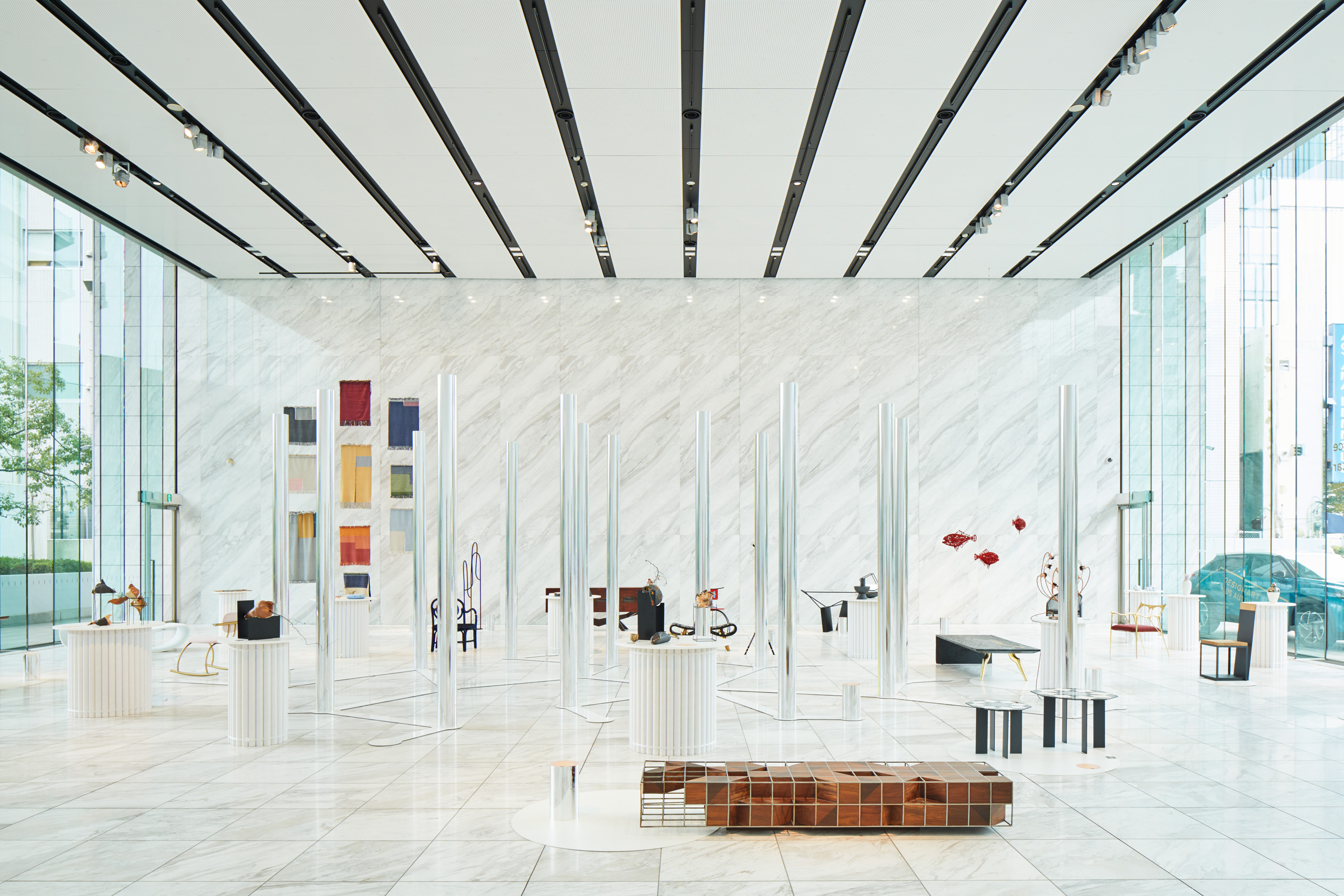 Designart Tokyo transforms the city into a living, multi-sensory museum
Designart Tokyo transforms the city into a living, multi-sensory museumThe third edition of the fair (18-27 October) showcases over 100 exhibitions across the Japanese capital
-
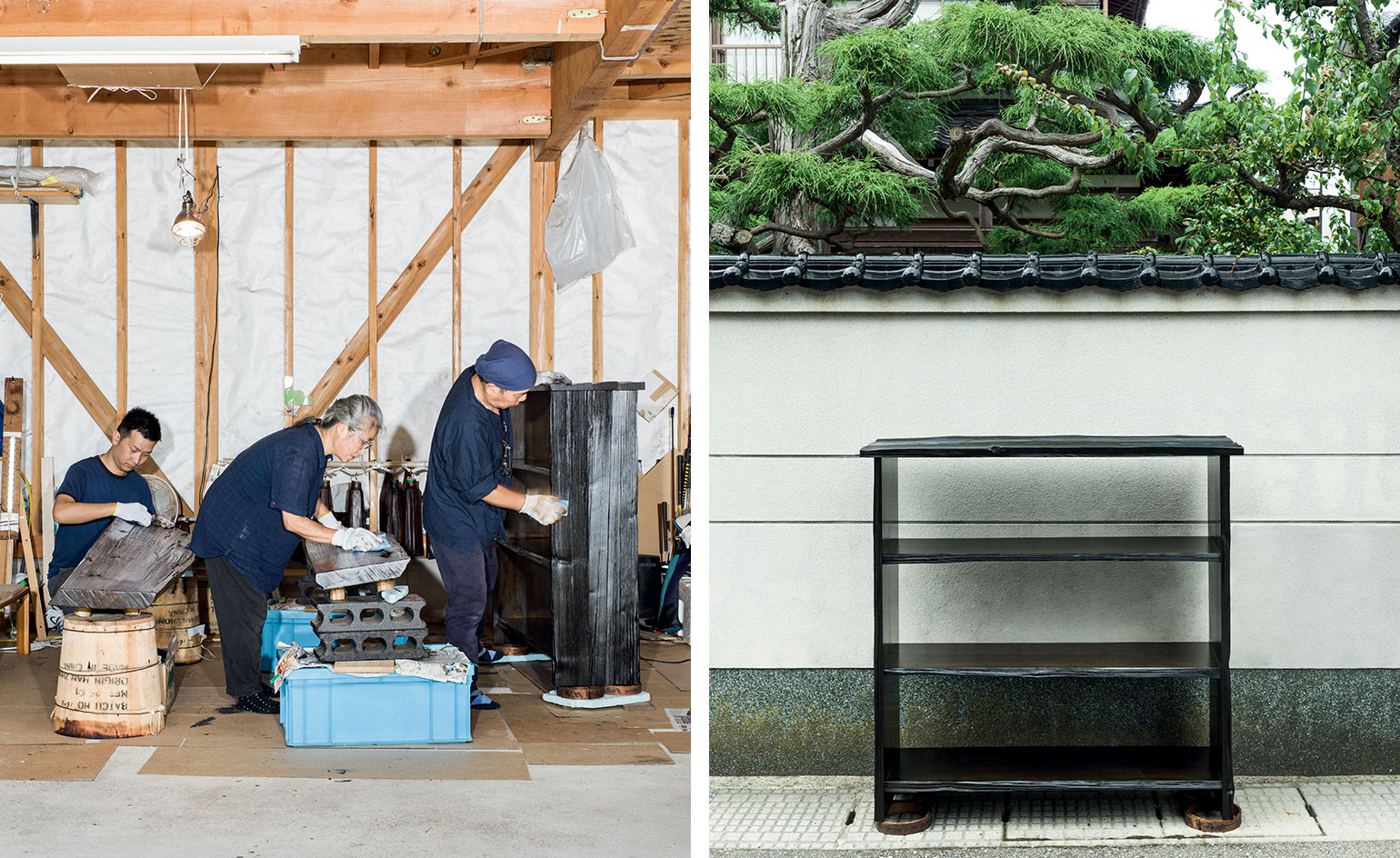 London designer Max Lamb takes a shine to the Japanese art of lacquerware
London designer Max Lamb takes a shine to the Japanese art of lacquerware -
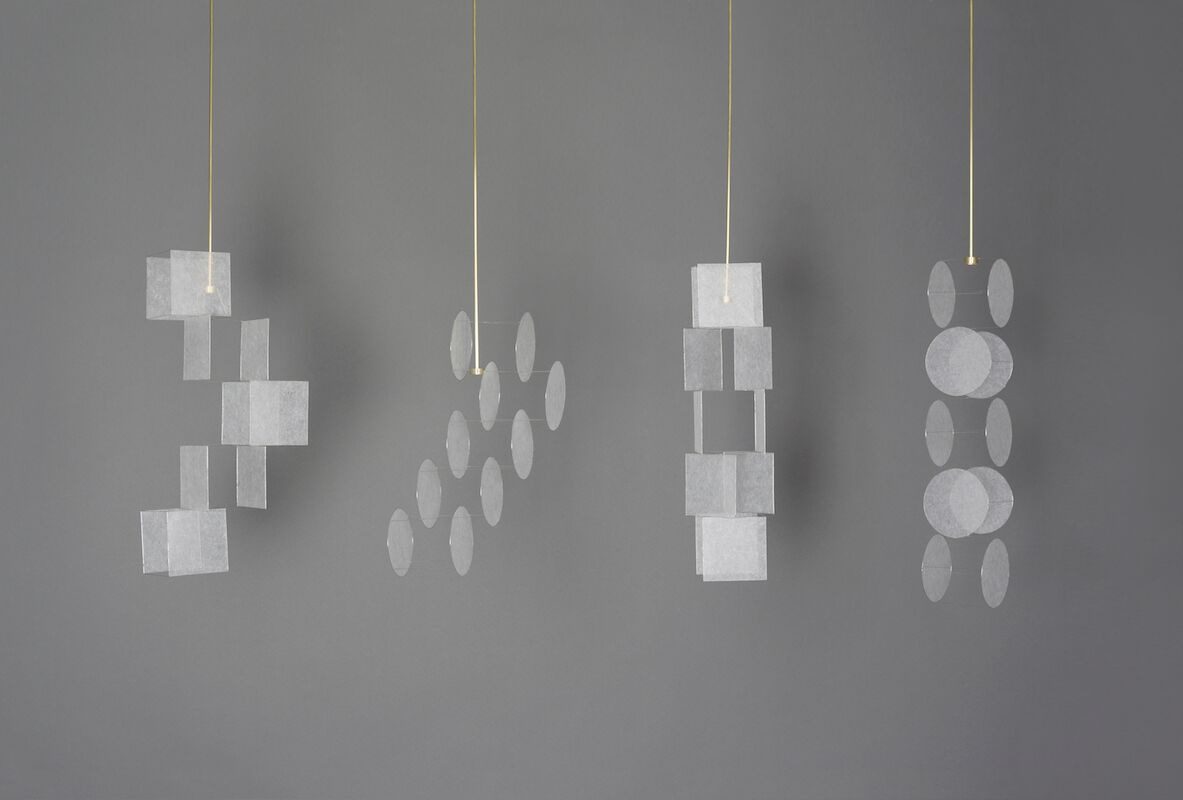 How Tokyo’s creative universe is evolving at Designart’s second edition
How Tokyo’s creative universe is evolving at Designart’s second edition -
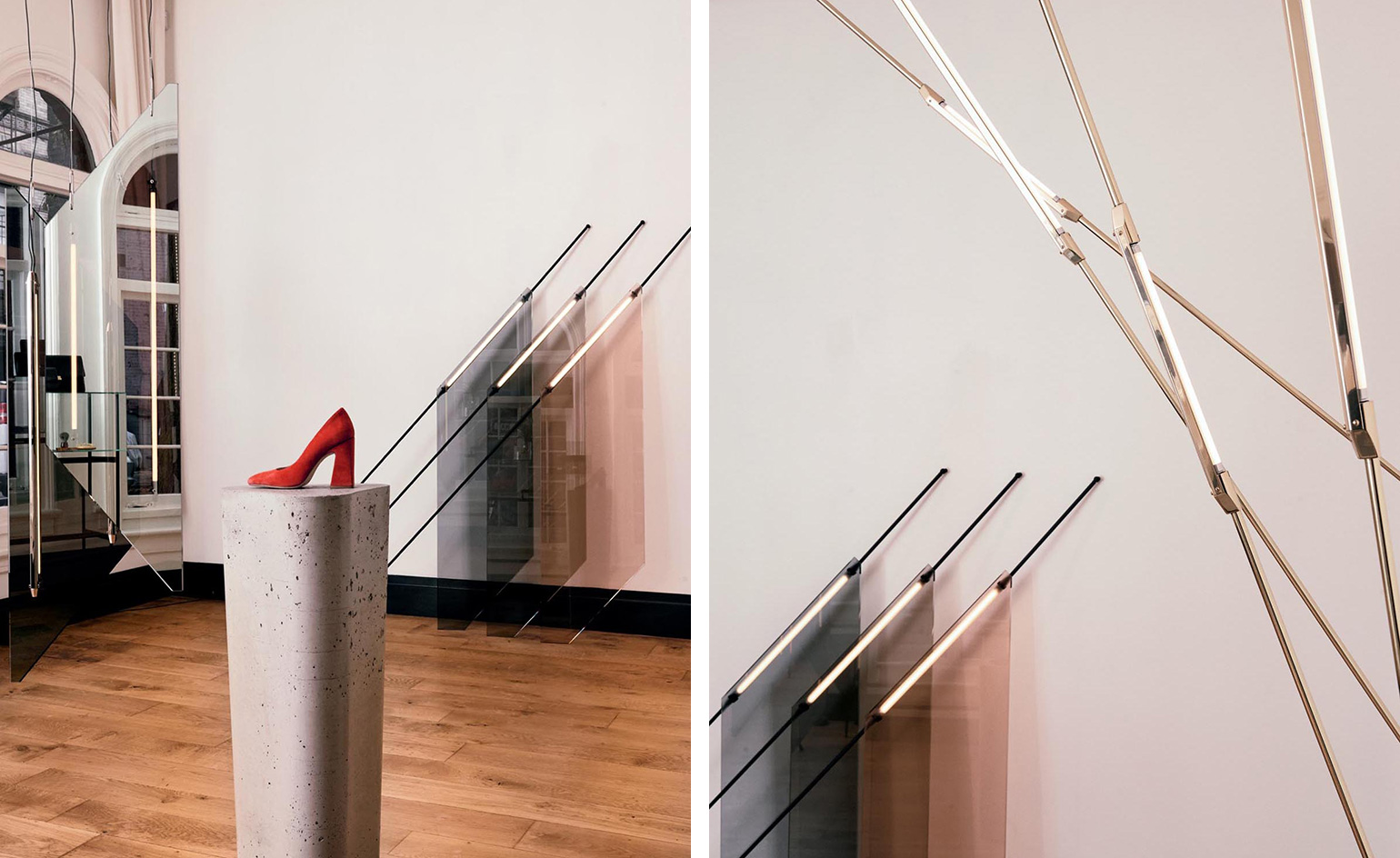 In the frame: standout designs from around the globe
In the frame: standout designs from around the globe -
 Nendo’s minimalist homeware hacks connect human and object at Salone del Mobile
Nendo’s minimalist homeware hacks connect human and object at Salone del Mobile -
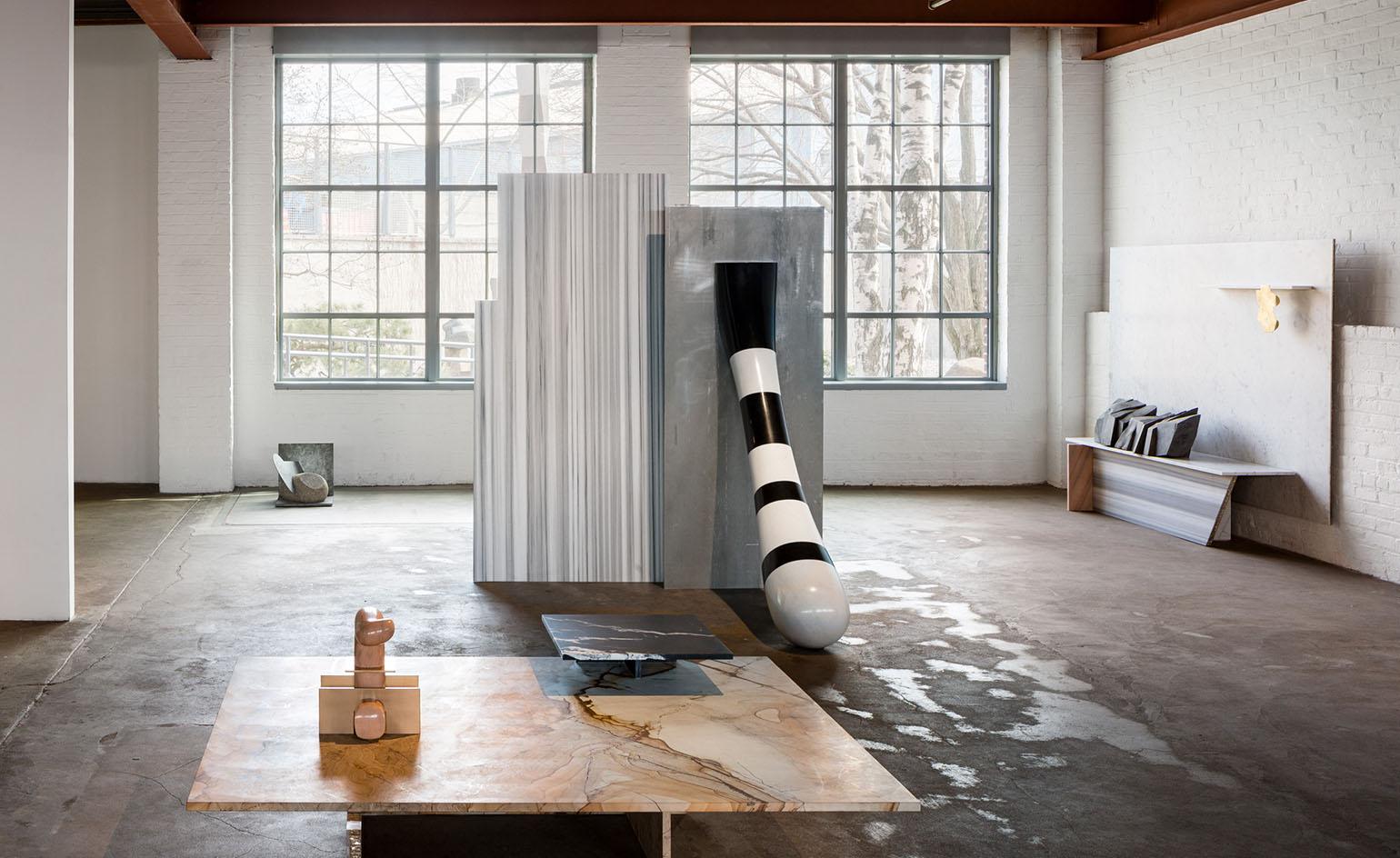 Isamu Noguchi and Robert Stadler share a fascinating kinship, despite having never met
Isamu Noguchi and Robert Stadler share a fascinating kinship, despite having never met